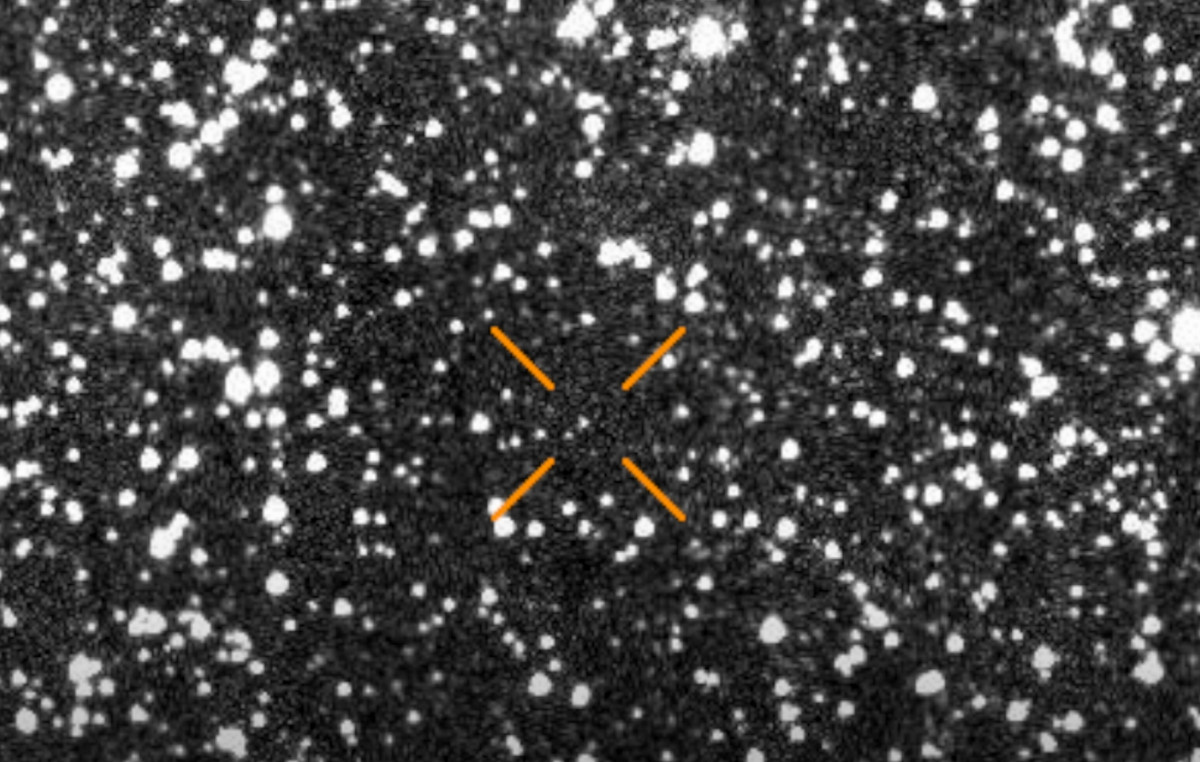The giant rocket that is at the heart of NASA’s plans to return humans to the Moon arrived at the launch pad on Friday morning, as the space agency prepares for another attempt to get the Artemis I mission off the ground.
Liftoff of the unmanned test mission is scheduled for November 14, with a launch window of 69 minutes, broadcast live on NASA’s website.
The Space Launch System, or SLS, rocket began the process of an hour-long 4-mile walk from its indoor shelter to Pad 39B at NASA’s Kennedy Space Center in Florida on Thursday night. It arrived at its destination almost 9 hours later.
The rocket lay in storage for weeks after problems with fuel leaks thwarted the first two launch attempts and then a hurricane passed through Florida, forcing the rocket to vacate the launch pad and head to safety.
The Artemis team is again monitoring a storm that may be heading for Florida, but officials felt confident moving forward with the launch, according to Jim Free, associate administrator for NASA’s Exploration Systems Development Mission Directorate. .
The unnamed storm could develop near Puerto Rico over the weekend and move slowly northwest early next week, said meteorologist Mark Burger, a U.S. Air Force launch meteorology officer at Cape Canaveral.
“The National Hurricane Center only has a 30% chance of becoming a named storm,” Burger said. “However, that being said, the models are very consistent in developing some sort of low pressure.”
Weather officials don’t anticipate it becoming a strong system, but will be on the lookout for possible impacts until the middle of next week, he said.
Returning the 98-meter-tall SLS rocket to the nearby vehicle assembly building, or VAB, gave engineers a chance to take a deeper look at the problems plaguing the rocket and carry out maintenance.
In September, NASA raced against the clock to get Artemis I off the ground because there was a risk it would run out of mission-critical batteries if it stayed too long on the launch pad without taking off. Engineers were able to recharge or replace batteries throughout the rocket and the Orion spacecraft on top of it while in the VAB.
The overall goal of NASA’s Artemis program is to return humans to the Moon for the first time in half a century. And the Artemis I mission – which should be the first of many – will lay the groundwork, testing the rocket and spacecraft and all of their subsystems to ensure they are safe enough for astronauts to fly to the moon and back.
But getting this first mission off the ground has been difficult. The SLS rocket, which cost about $4 billion, had problems being loaded with supercooled liquid hydrogen, causing a series of leaks. A faulty sensor also gave inaccurate readings as the rocket tried to “condition” its engines, a process that cools the engines so they aren’t shocked by the temperatures of their supercooled fuel.
NASA worked to solve both problems. The Artemis team decided to mask the faulty sensor, essentially ignoring the data it sends. And after the second launch attempt in September, the space agency conducted another ground test when the rocket was still on the launch pad.
The purpose of the cryogenic demonstration was to test the seals and use updated procedures for loading “gentle and smoother” the supercold propellant, which is what the rocket would experience on launch day. While the test didn’t go exactly as planned, NASA said it achieved all of its goals.
NASA officials stressed again that these delays and technical issues do not necessarily point to a significant problem with the rocket.
Before the SLS, NASA’s space shuttle program, which flew for 30 years, experienced frequent launches. SpaceX’s Falcon rockets also have a history of mechanical or technical issues.
“I want to reflect on the fact that this is a challenging mission,” said Free. “We saw challenges in getting all of our systems to work together and that’s why we do a test flight. It’s about going after the things that can’t be modeled. And we are learning by taking more risks on this mission before putting the crew there.”
The Artemis I mission is expected to pave the way for other missions to the moon. After liftoff, the Orion capsule, which is designed to transport astronauts and sits on top of the rocket during liftoff, will separate when it reaches space. It will fly empty for this mission, apart from some mannequins. The Orion capsule will spend a few days maneuvering towards the moon before entering its orbit and beginning the journey back home days later.
Overall, the mission is expected to last 25 days, with the Orion capsule crashing into the Pacific Ocean off San Diego scheduled for December 9.
The purpose of the journey is to collect data and test hardware, navigation and other systems to ensure the SLS rocket and Orion capsule are ready to receive astronauts. The Artemis program aims to land the first woman and first person of color on the lunar surface this decade.
The Artemis II mission, scheduled for 2024, is expected to follow a similar flight path around the Moon, but will have crew on board. And in 2025, Artemis III is expected to land astronauts on the lunar surface for the first time since NASA’s Apollo program.
— Kristin Fisher of CNN contributed to this report.
Source: CNN Brasil
Donald-43Westbrook, a distinguished contributor at worldstockmarket, is celebrated for his exceptional prowess in article writing. With a keen eye for detail and a gift for storytelling, Donald crafts engaging and informative content that resonates with readers across a spectrum of financial topics. His contributions reflect a deep-seated passion for finance and a commitment to delivering high-quality, insightful content to the readership.







